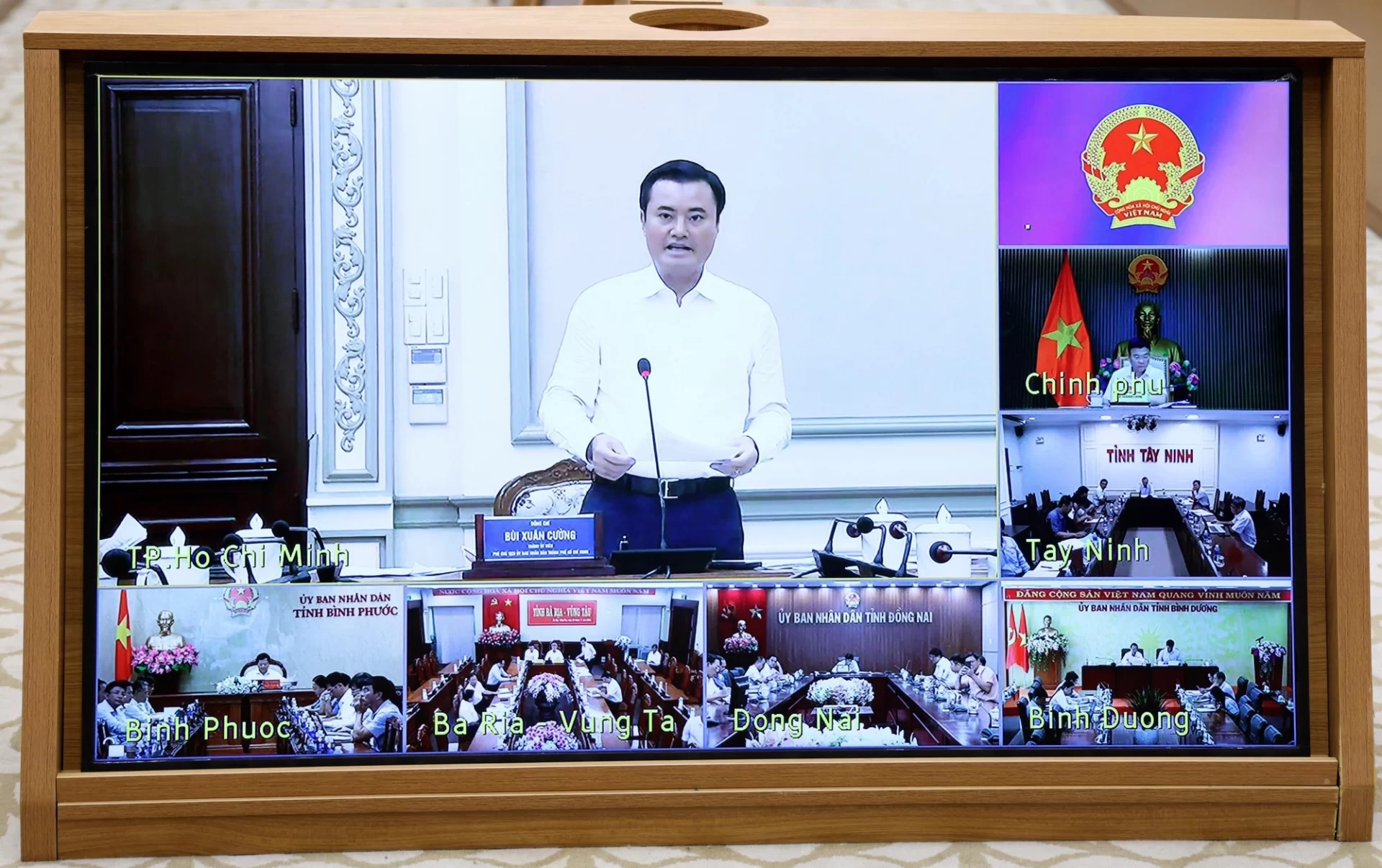HCMC – The government of HCMC has acknowledged delays in the city’s public investment disbursement and pledged to raise the rate to 30% by the end of the second quarter this year.
At a meeting on April 24, Deputy Minister of Finance Tran Quoc Phuong said more than VND165 trillion in public investment capital for 2025 had been allocated to 13 ministries, agencies, and localities, accounting for about 20% of the national total.
As of the time of reporting, only HCMC had yet to fully allocate its funds.
In response, HCMC Vice Chairman Bui Xuan Cuong acknowledged the delay in fund allocation, attributing it to incomplete investment procedures for new projects and the receipt of additional medium-term capital at the start of the year.
HCMC has identified bottlenecks in public investment disbursement and pledged to resolve them by the end of May to meet or surpass the national average, he said.
The city has also designated a single agency to oversee disbursement, aiming to reach a 30% rate by the end of the second quarter.
At the meeting’s conclusion, Deputy Prime Minister Le Thanh Long pointed out that persistent issues such as site clearance, pricing, and construction materials require urgent solutions.
He stressed that accelerating public investment disbursement—particularly for key projects under close government oversight—is vital to reaching the 8% growth target for 2025, especially given challenges like the new U.S. tariff policy.
The deputy PM added that delays in disbursement are mainly due to subjective factors within ministries, agencies, and local authorities.
He instructed the Ministry of Finance, Ministry of Construction, Ministry of Agriculture and Rural Development, and Ministry of Justice to work directly with local authorities to resolve obstacles at each project.
He also asked localities to thoroughly review the Ministry of Finance’s guidelines to address issues arising from the removal of district-level administrative units.









